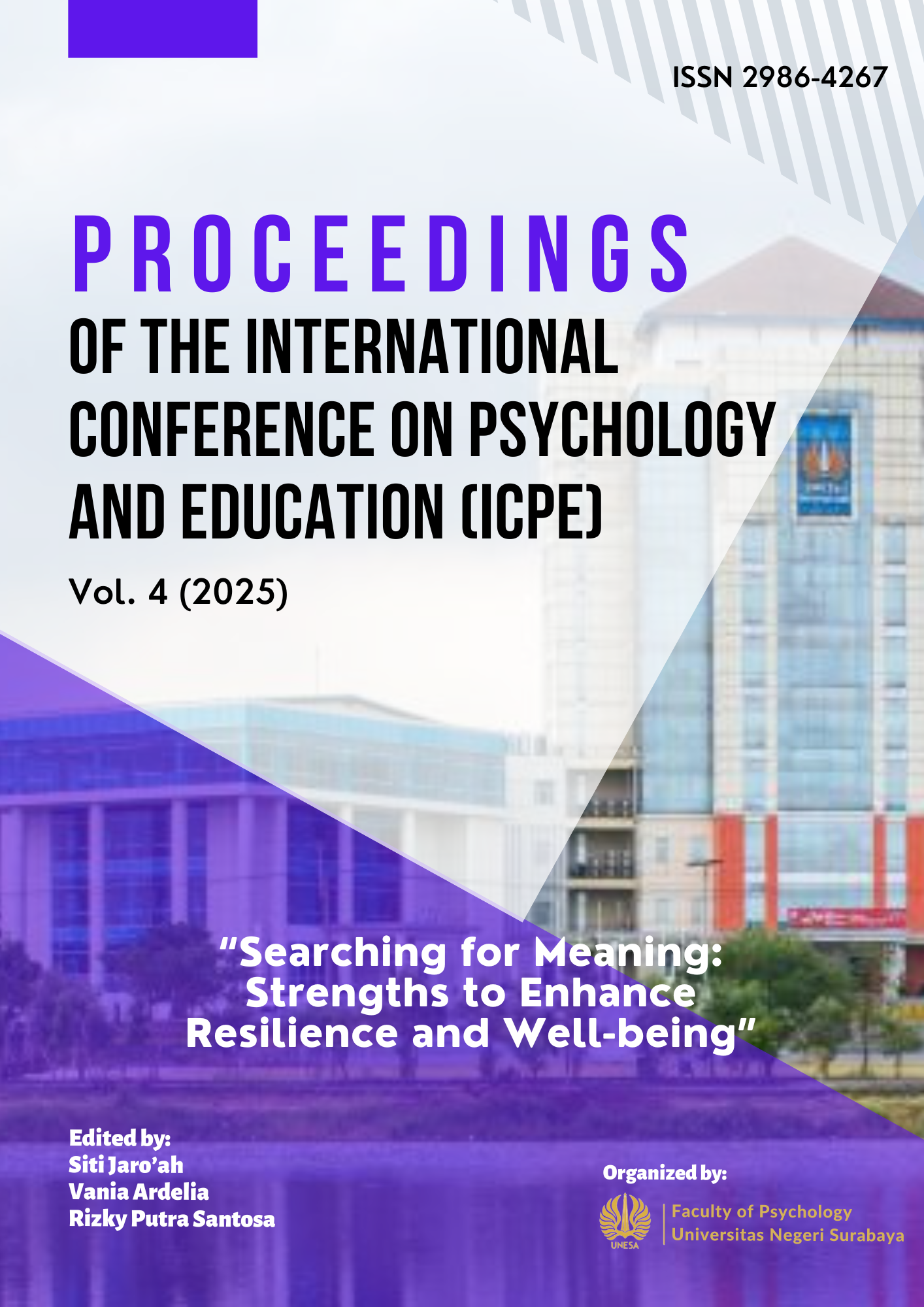Analysis of Screening and Rehabilitation Intervention Program for Student Drug Users at Badan Narkotika Nasional Provinsi Jawa Timur (BNNP JATIM)
Keywords:
Student, Drug user, Screening, Rehabilitation, Badan Narkotika NasionalAbstract
Screening and rehabilitation intervention activities for students with drug abuse constitute a program implemented by Bidang Rehabilitasi Badan Narkotika Nasional Provinsi Jawa Timur. This research aims to understand the experience of screening and rehabilitation activities conducted among school student groups and primary clinic rehabilitation clients. This study employs a qualitative method with a phenomenological approach. Data were collected through interview and observation methods involving eight school students and young addiction counselors, as weel as previous research to support data validity. Case analysis used Brofenbrenner’s Ecological Theory to understand various relational contexts and their influence in shaping individuals. The study found that family environment factors, such as parenting styles and drug use within the family, are significant causes of drug abuse behavior among students. Additionally, the school environment, peer influence, and the normalization of deviant culture contribute to the emergence of negative drug abuse behavior among adolescents. Strengthening coordination between BNNP Jawa Timur, schools, families, and the social community is necessary to build a comprehensive support system.
Downloads
Published
How to Cite
Issue
Section
License
Copyright (c) 2025 International Conference on Psychology and Education (ICPE)

This work is licensed under a Creative Commons Attribution 4.0 International License.
Authors who publish in this journal agree to the following terms:
Copyright in any article is held by the author.
The author grants the journal, publication rights with the work simultaneously licensed under a Creative Commons Attribution License that allows others to share the work with an acknowledgment of the work's authorship and initial publication in this journal.
Authors may enter into separate, additional contractual arrangements for the non-exclusive distribution of the journal's published version of the work (e.g., posting it to an institutional repository or publishing it in a book), with an acknowledgment of its initial publication in this journal.
Authors are permitted and encouraged to post their work online (e.g., in an institutional repository or on their website) prior to and during the submission process, as this can lead to productive exchanges, as well as earlier and greater citation of published work.

